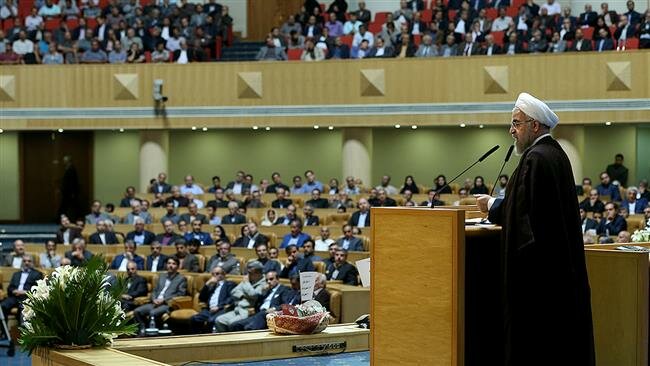At $50 (U.S.) per barrel, which is above recent futures prices, the risk of shut-in production would drop to 400,000 bpd – of which 250,000 is in the United States and Canada, IEA estimates.
The agency said OPEC’s rivals such as the USA and Russian Federation will see the biggest decline in oil output next year since the collapse of the Soviet Union.
Brent North Sea crude for delivery in October, the global benchmark for oil, closed at $US48.14 a barrel in London, down 75 cents from Thursday’s settlement.
The agency forecast global oil demand would grow this year to a five-year high of 1.7 million barrels a day, before dropping to 1.4 million next year.
OPEC has pumped above its quota for more than a year, fueling the global surplus.
Amid booming USA production and high OPEC output, the benchmark price of oil plunged from over $100 previous year to about $45 this week.
Barclays said: “Most producers seem to be coming around to the fact that 2016 oil and gas prices are unlikely to see a significant recovery”.
“A sharp decline is already underway, with annual gains shrinking from more than 1 million barrels a day at the start of 2015 to roughly half that level by July”.
The cartel shocked energy markets last November when it refused to trim production targets amid robust US output.
But the IEA report suggests the growing financial pressure on shale operators and the steep fall in the number of rigs drilling for oil is beginning to take their toll on production.
Shares of California Resources (CRC) were falling 11.6% to $2.98 Friday as oil prices were declining following a note from analyst firm Goldman Sachs on oil prices and demand.
The Wall Street Journal said the IEA’s forecast was “among the gloomiest” for American oil production to emerge since the August price crash.
Oil prices fell more than 2 percent on Friday after Goldman Sachs cut its crude forecasts, citing global oversupply and concerns over the Chinese economy, and after Saudi Arabia dismissed the idea of an oil producer summit. The US-Iran nuclear deal has paved the way for the Persian Gulf nation to engage in doing business with the world, including exporting its oil to world markets.
Goldman Sachs is now banking on the price of West Texas intermediate (WTI) to average about $45.00 per barrel through 2016, an astounding downgrade in its original forecast of $57.00 per barrel.
This has created an oversupply in the market that could drive oil as low as $20 as the bank predicts Saudi Arabia, Iraq and Iran will boost production further even as the US, Canada and Russian Federation slows down.
